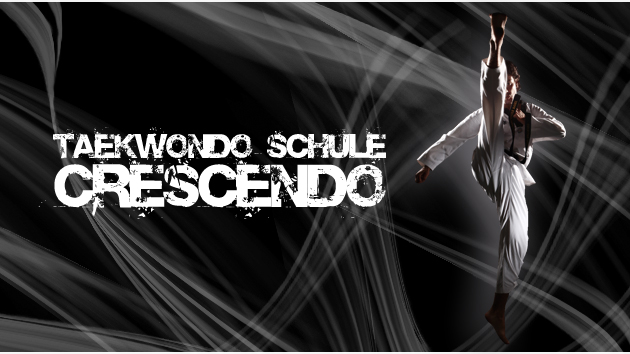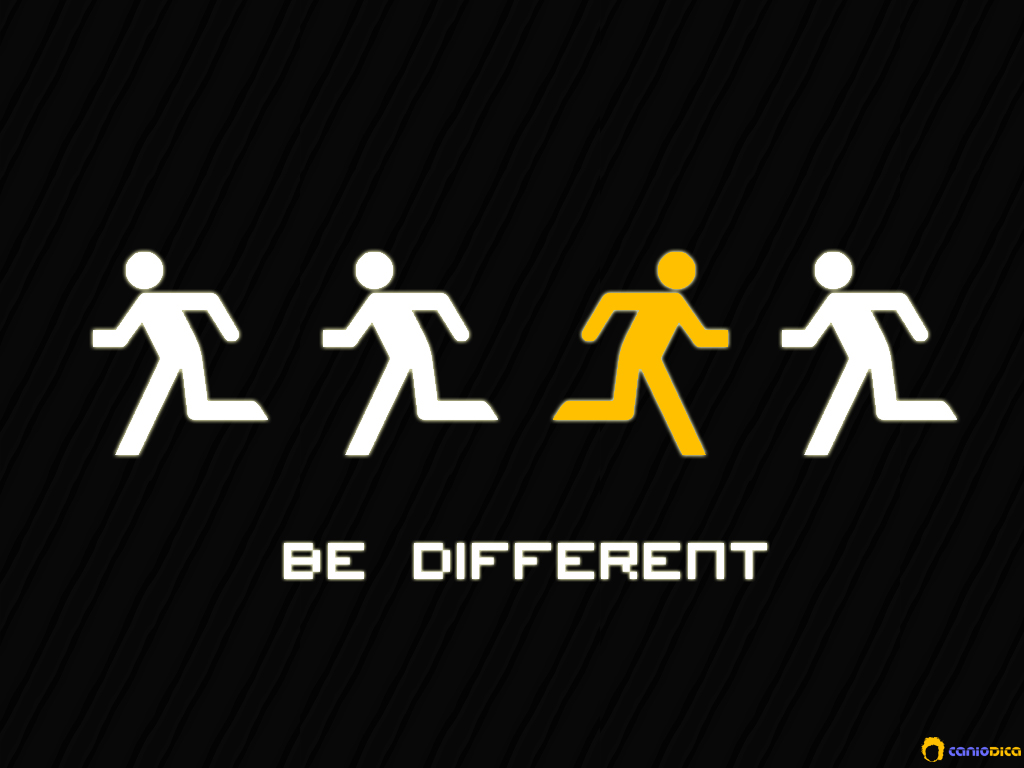|
I have now been teaching Creative Movement at Chadwick in the last week. This is a new unit that I am trying out. 6 weeks of creative movement with gymnastics and martial arts as the core activities. I have decided to start with gymnastics as I feel I can establish some key movements and concepts with the students first. My plan is to have the same concepts running through the whole unit. I have decided to use Creativity as the key concept (not really allocated to PHE, but I am doing it anyway) and Refinement and Perspectives as the related concepts. Creativity is key as the students will be creating a sequence in gymnastics and a kata/poomsae in martial arts. They will be refining these as they go along and will be listening to others perspectives in their groups. Each class had an opportunity at the beginning of the unit to establish the links of these concepts to the unit by understanding how they would fit in. The students split into twos or threes and discussed the concepts by drawing mind maps. I would like it if the students thought of ways to include gymnastics in the martial arts kata/poomsae somehow. I once watched a film call 'Gymkata' where a gymnast combined gymnastics and karate to form a new martial art. I am not sure if this form of martial art took off but I do know that many martial artist in the modern era try to combine skills from various practices.
In my Taekwondo school in Switzerland, we would add self-defence from other forms, yoga and pilates at the end of the class, and often bring in aspects of karate as I had practiced that martial art (Seki Juku) for many years. I would like to see how creative my students during this unit with that outlook. It is going to be interesting and creative!
1 Comment
2/10/2015 1 Comment Inspiration Every teacher must at one point in their career feel the need to inspire the students, otherwise why teach? I am constantly looking, listening to and thinking of different ways to inspire my students. I want to help them understand the importance of physical education and health. I want them to believe that what we do in my subject can make a difference to their lives now and in the future. I believe if your school has a broad and balanced curriculum, they can allow all students a chance to discover something they can excel in. Something they can strive for outside of the classroom. Something you can use your knowledge to guide them in continuing that experience out of the classroom. It is not just by doing the activity children will become inspired to do more, it is the joy of 'experiencing' the activity they want to continue to explore. When I was younger, I had one PE teacher who inspired me to go into teaching and teaching physical education. His lessons were enjoyable, he had an energy in the lessons that made us want to do the lessons and learn from him. Although at the time the lessons were kind of traditional sports lessons, they seemed different from the other PE teachers we had. There was something different he brought to the lessons that made us walk away from the gym feeling we had achieved something and were successful in what little we had done. Thinking back now, the path he led me on then has brought me great adventures and allowed me to experience the life I have had these last nineteen years. I was lucky to have that experience and would like to have that same effect on the students I teach. While it has been a bit of a battle here in my first year here in Korea, I am determined to make a difference. I am always looking for new ways to generate an energy in my classes that make them fun and exciting. That make the classes challenging but achievable. To make my students think and question. To make them think outside of the box and not just listen and follow. I feel I am now beginning to see a difference and hope this continues for the rest of the year. Finding new colleagues on-line through twitter and Facebook have helped me. Through discussion, sharing and constructive criticism I have developed as a teacher again this year. I feel inspired by others and what they are doing, how they create and why they teach. Tomorrow, do something that inspires. 2/7/2015 1 Comment Why reflect? In this day and age everyone touches upon some form of physical activity in their lives. They usually have a reason to participate in something that keeps them physically active and fit in some way. Society puts demands on you to live a healthy lifestyle. So, you go and find something out there to help you do that. You look forward to what you may achieve in the activity you participate in and how it can help you. You may even reflect on why you came to this point in your life and what you could have done differently in the past. In MYP Physical and Health Education, Criterion D has changed quite a lot over the years. The current form of criterion D is called 'Reflection and improving performance' In a typical grade 6 class, students should be able to do the following by the end of the year:
It is now important for students to learn how to reflect on their performance and understand where they can improve. What I have found about assessing this criterion is that it is really important to formatively assess on a regular basis. Previously, I would concentrate on the summative assessment. I feel the students need to connect to their learning on a regular basis, so they can understand which direction they are taking themselves. Guiding themselves. This is what drives my teaching when I am assessing Reflection. The students are guiding their learning. With careful planning and expectations on where you feel students could lead their reflecting in the units you are doing, you can establish inquiry questions that guide students. I have just started a unit on 'Swimming Games'. The unit is supposed to allow students to explore their creative side. The Key Concept is CREATIVITY. The Related Concepts are CHOICE and REFINEMENT. The Students have to be creative when designing mini games and activities. We have 'Water Polo' as an end game for their ideas. The students have worked in pairs and then fours designing practices, drills, activities which help 'improve skill development'. They are given the choice of how they do this and which equipment they choose. We monitor their progress and have moments where we stop the class and ask questions to guide their refinement of the activities. We then put ownership and responsibility on them as they are required to demonstrate and teach their activity to others. By asking questions such as 'What choices did you and your partner/team make to develop this game?' 'How did you refine your game when the task was altered or you were given extra equipment to use?' 'How creative were you? Was your game interesting for you and others that tried it?' we found that the students could reflect on where they were in their games making and had some idea of how things could develop. This is where MYP could really adapt the Inquiry model that PYP uses. I have found that for such an explorative unit which enables the students to be creative they are developing their inquiring minds. This is a copy of from a great website in which Nathan Horne uses an inquiry model made by Kath Murdoch: http://www.iphys-ed.com/inquiry-in-pe/category/pyp The Inquiry cycle Students were encouraged to ask questions of each other within their groups and about other group's games after they had tried them out. We then encouraged students develop their games into more of an obstacle course type of activity and this is what one group came up with: Swimming Games Example Intro A student trying out the activity This process is finished off with a reflection of the concepts they were concentrating on: Swimming Games Reflection This is done on a lesson by lesson basis. On Friday's during our classroom session, we reflect on this process and discuss some of what happened in the lessons with the groups. We then have a better understanding of how we have reflected and what we can implement the following week. My own reflection is based on every lesson. As each lesson evolves, I hope to evolve and learn along with the children on how to bring inquiry and reflection into our units and teaching on a daily basis. 2/1/2015 2 Comments The Wider worldMany years ago I joined facebook, then I opened up a twitter account a few years after this. But it is really only now, this month that I have realized the true value of using these sites to further my education.
I truly believe that as a teacher collaboration is key. When you are in that classroom or gym teaching by yourself, you must often wonder whether you are doing the right thing. Have I taught this is the best way? How can I change this to make it better? There may be occasions when you have that conversation with another colleague about something that happened in class or maybe something that you have taught and want some feedback. But I feel true collaboration and discussion happens when you have set aside time to talk about curriculum. Some schools are luck and have set aside specific times for these things to happen. If your colleagues are truly engaged in your curriculum, then these times will count. You will get great feedback, great discussion and come out feeling that you can go forward with something new. I have however found another way to collaborate. This is through the 'Wider World'. There are many teachers, educators, groups, scholars, sports people, etc. out there who are willing to share ideas, discuss current issues and give you some honest feedback. Returning from my winter break, I wanted to make a difference to how I can develop further. How I can discuss ideas. I then returned to a Facebook group I had started a few months before and decided to give it a push (Physical and Health Education in the MYP). I am so glad I did. I have now had more people join and greater participation. I returned to Twitter (@Dalais44) and have found a wealth of resources shared by so many people. It has prompted me to not only search for more information, but share more information myself. I have linked up with people like Andy Vasily (@andyvasily) who is a very experienced and well known PYP PE teacher, trainer and collaborator. He has helped teachers and developed ideas all over the world. We were lucky enough to have him at our school this weekend. pyppewithandy.com We were also linked up via skype with Ross Halliday (@Fizzicaled), a friend of Andy's, who has a wealth of experience and opinions about education. makingpefizz.com I had neglected the power of these social tools for years, having joined twitter in 2009 and facebook 2007. I am now inspired to learn more, make more connections and hopefully bring this into the classroom and inspire my students. |
Archives
May 2020
AuthorI have been writing for nearly five years on and off in the world of twitter, facebook groups, blogging and sharing ideas thoughts with the wider physical education world. Categories |
|
email: [email protected]
|
Twitter: @Dalais44
|
Linked-In: Dominique Dalais
|









 RSS Feed
RSS Feed